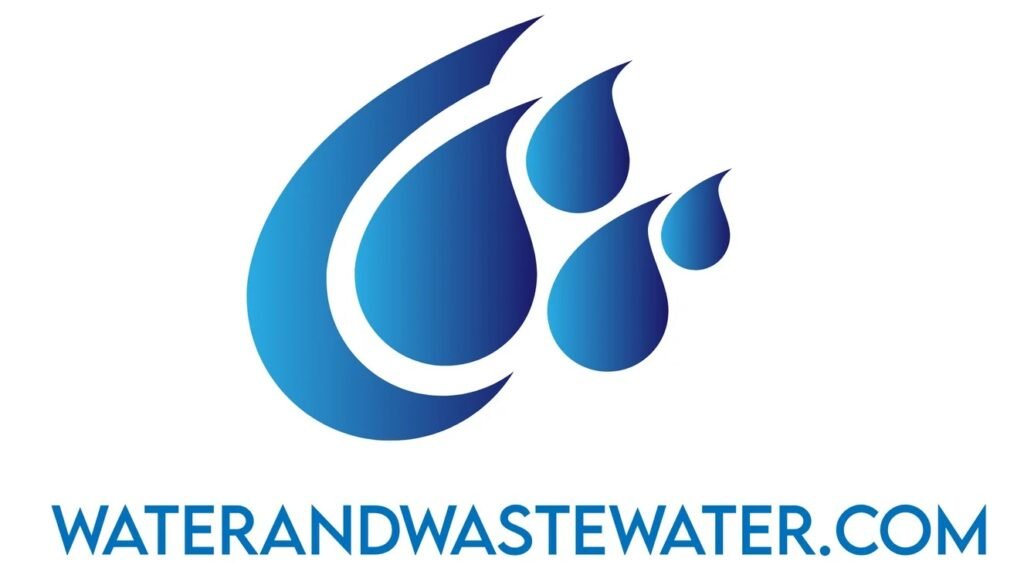Tag: conservation
Northeast Water Pollution Control Plant in Orange County, California, is a critical facility that plays a crucial role in protecting public health and the environment by treating and recycling wastewater. Operated by the Orange County Sanitation District (OCSD), the plant serves over 1.5 million residents across multiple cities in the region. The Northeast Water Pollution […]
As populations surge across the American West, ensuring adequate water supplies presents an escalating challenge for municipalities. Aurora, Colorado, provides a model for sustainably securing a city’s long-term water needs despite rapid expansion. Aurora taps into renewable underground water sources through the innovative Prairie Waters Project while promoting conservation and responsible growth. Rapid Growth Strains […]
As we flush our toilets and run our sinks daily, wastewater gurgles into an unseen underworld of aging pipes, pumps, and treatment plants. This intricate infrastructure forms the backbone of our nation’s sanitation, collecting sewage from homes and buildings to process over 34 billion gallons daily. Yet cracking pipes, overflowing sewers, and outdated plants plague […]
Bar screens are essential components in wastewater treatment plants, serving as the first line of defense in the filtration and treatment process. They are installed at the entrance of the treatment facility to physically remove large objects such as sticks, rags, and plastic materials from the wastewater stream. This preliminary step is crucial because it […]
Agricultural wastewater is a significant byproduct of farming activities, encompassing various types of water that have been used or affected by agriculture. It includes runoff from fields, pollutants from livestock, and drainage from irrigation, carrying substances that can impact water quality if not managed carefully. The challenges associated with managing this wastewater are surging due […]
In the realm of wastewater treatment, basket screens play an integral role in protecting the environment and extending the lifespan of treatment facility equipment. These screens are specifically designed to remove debris and other solid materials from wastewater before it proceeds to the more sensitive phases of the treatment process. They operate by capturing solid […]
In the realm of wastewater treatment, solids contact clarifiers stand as a significant innovation, enhancing the process of water purification by consolidating several steps into a single unit. They operate by recycling settled sludge and mixing it with incoming wastewater in a contact zone, which promotes the aggregation of particles. This process aids in the […]
Belt filter presses are commonly used in wastewater treatment plants to dewater biosolids. This process reduces the volume of the sludge, improving efficiency and reducing costs associated with its disposal. The technology behind belt filter presses includes squeezing the water out of the sludge between a series of belts that are textured or have rollers […]
In the realm of wastewater treatment, sidestream ozone injection represents a sophisticated method aimed at enhancing water quality through the application of ozone, a powerful oxidizing agent. This technique introduces ozone directly into a sidestream of the wastewater before mixing it back into the main flow. The utilization of ozone plays a crucial role in […]
Ultraviolet (UV) treatment has become a staple in modern wastewater treatment processes, offering a chemical-free method for disinfecting water by inactivating harmful pathogens. The evolution of this technology has brought forth smart UV control systems, which optimize UV exposure to varying water qualities and flow rates. These advancements not only increase the efficiency of wastewater […]
